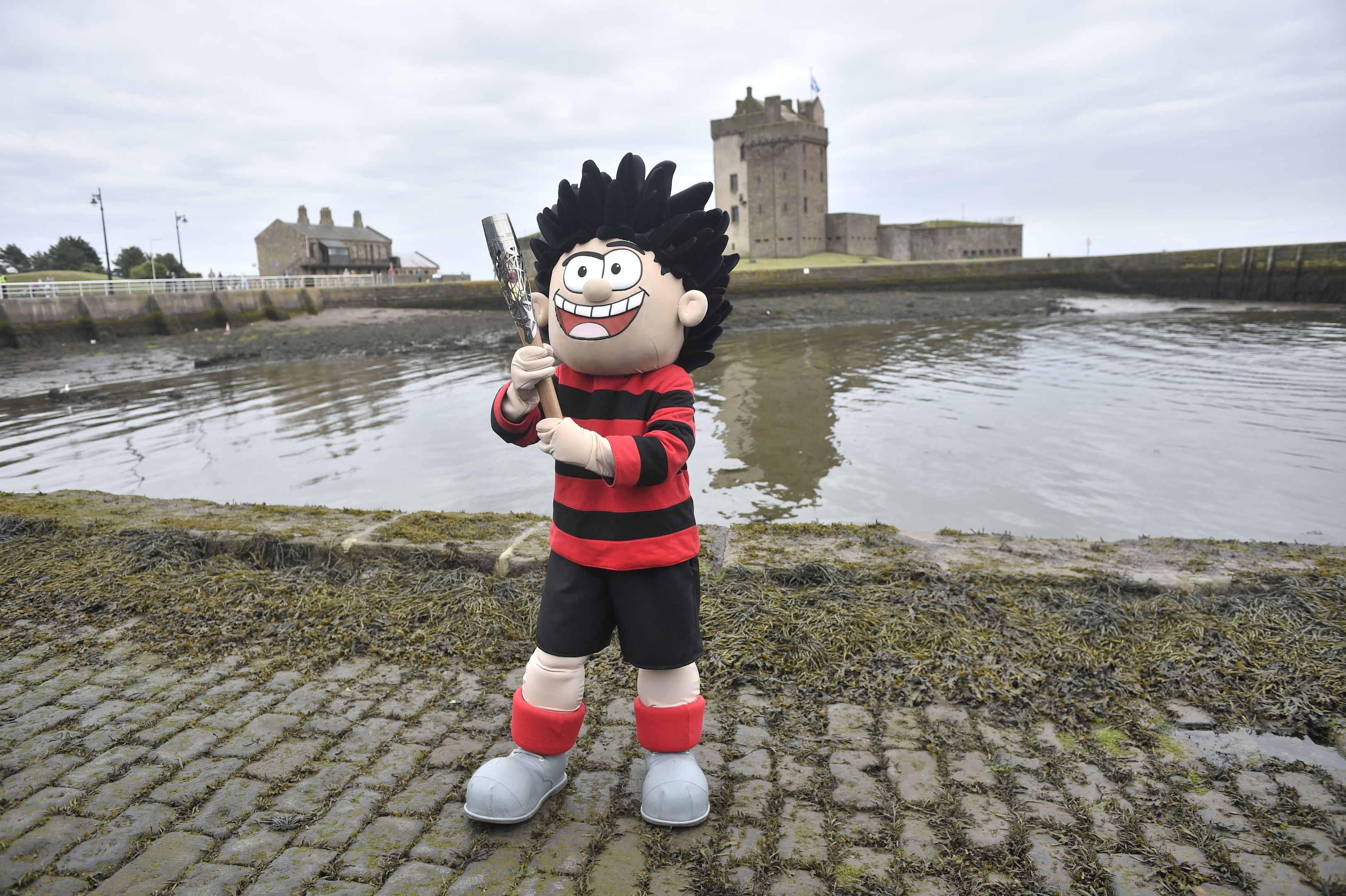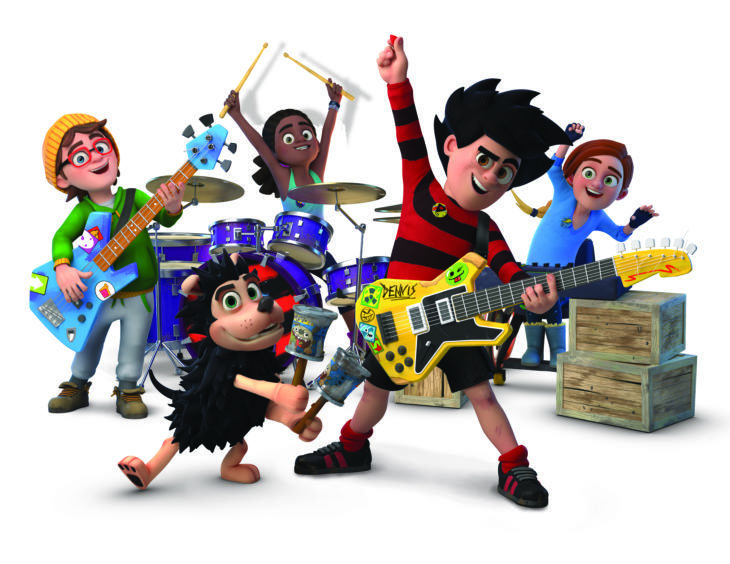A TV quiz question has thrown up the curious case of two menacing children named Dennis who appeared on opposite sides of the Atlantic on the same day.
The fact two separate comic strips entitled Dennis the Menace went on sale in the UK and the US left viewers of TV quiz show The Chase scratching their heads.
Mark Dolan from Leven said he was left “gobsmacked” after host Bradley Walsh revealed Dennis the Menace was created by American Hank Ketcham.
In a remarkable coincidence, little-known in the UK, there were two cartoons of the same name released at the same time, with no way either of the creators could have known the other was in the works.
On March 12 1951 a Dennis the Menace cartoon began life across 16 US newspapers about a five-year-old boy in Wichita, Kansas, called Dennis Mitchell.
His long-suffering parents can only shake their heads and try to explain their son’s antics to others.
His faithful companion was his dog Ruff and he liked nothing more than riding around on his skateboard or his bike.
Dennis would usually walk away and leave his long-suffering neighbour Mr Wilson clearing up the mess.
He was created by Hank Ketcham, who had a four-year-old son called Dennis, whose antics proved to be inspirational.
Also on March 12 1951 The Beano, which was published by DC Thomson in Dundee, started a new cartoon series called Dennis the Menace.
Drawn by David Law, the “world’s wildest boy” was aged 10 and had to wait until May 5 of that year to be given his trademark black-and-red striped jumper.
His pet dog, Gnasher, was introduced more than a decade later, in 1968.
Mike Stirling, head of Beano Studios Scotland, said: “Both characters actually appeared in print on the same day, March 12 1951.
“The US version, created by Hank Ketcham was a nationally syndicated newspaper short, whereas our Dennis lives in Beanotown.
“The main difference was that the American Dennis was created as a five-year-old, whereas our Dennis is forever 10, enabling both to demonstrate very different types of adventures.
“The name was reputedly due to the popularity of a music hall song of the time: ‘Dennis the Menace… from Venice’.
“I’ve always believed we were marginally first, due the respective print deadlines for a weekly comic and a newspaper, so if one of the contestants has missed out because of this, I’m sure our Dennis would vouch them in demanding a reshoot!
‘The Chase’ will be Gnasher pursuing an errant quizmaster!”
Both strip cartoons have made the transition to the TV screen and the American Dennis also went on to become a movie.
Dennis the Menace starring Walter Matthau grossed $117m worldwide and was written and produced by John Hughes whose credits include Planes, Trains and Automobiles.
A direct-to-video sequel called Dennis the Menace Strikes Again was later released in 1998 without the cast from the original film.












